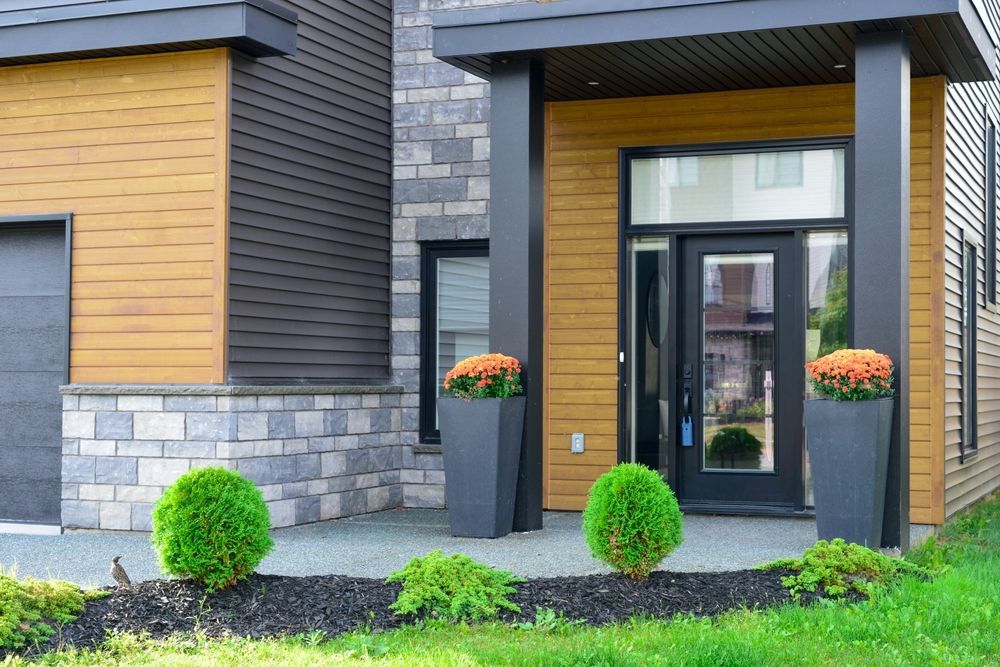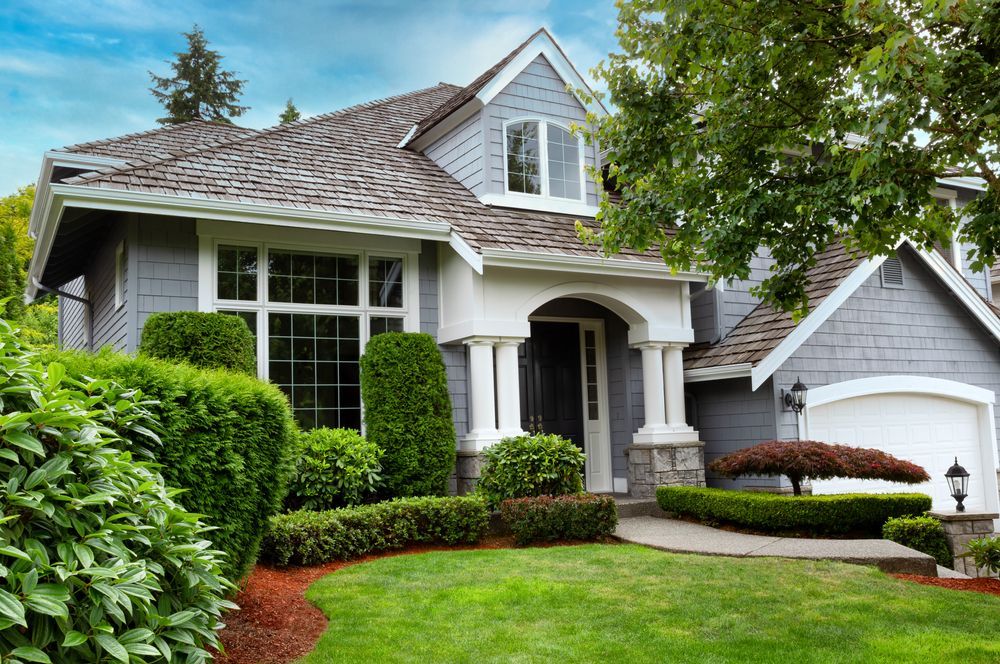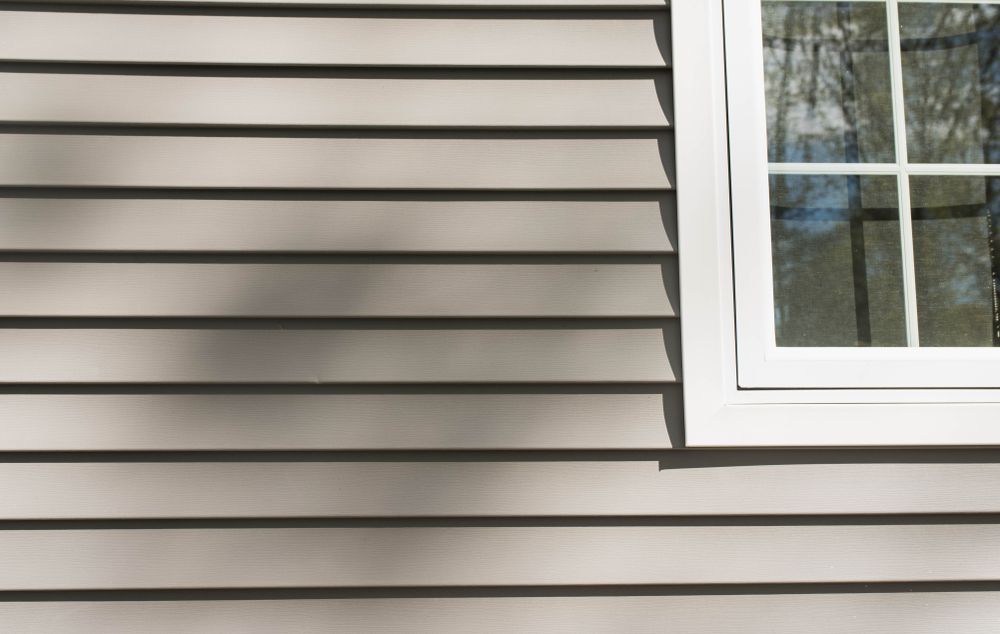Metal Roof vs Asphalt Shingles: Homeowners Guide
August 8, 2025
Share this article:
Roofing plays a big role in protecting your home and shaping its long-term value. When it’s time to repair or upgrade, many homeowners compare different
roof types, including metal roofing and asphalt shingles. Both are reliable options, but they deliver different results depending on budget,
style preferences, and long-term goals. Understanding the trade-offs between the two can help homeowners make a confident choice that fits both their home and lifestyle.
Metal Roofing Overview
What if Metal Roofing?
Metal roofing is made from panels or shingles composed of steel, aluminum, zinc, or copper. These materials are treated with protective coatings and painted finishes that add color, resist corrosion, and reflect sunlight. Metal roofing systems are often installed in large interlocking panels, but some products mimic the look of traditional shingles. Known for their strength, these roofs can stand up to extreme weather and often last several decades.
Key Benefits?
- Longevity: Most metal roofs last 40 to 70 years, depending on the material and finish.
- Energy Efficiency: Metal reflects sunlight, which helps reduce cooling costs during warmer months.
- Durability: High resistance to wind, fire, hail, and snow buildup.
- Low Weight: Lighter than many other roofing materials, which puts less stress on the home’s structure.
- Recyclability: Metal roofing is typically made from recycled content and is recyclable at the end of its life.
Considerations
- Cost: The upfront price for materials and installation tends to be higher than asphalt shingles.
- Noise: Rain or hail can be louder on a metal roof, though insulation can reduce this.
- Expansion and Contraction: Metal can shift slightly due to temperature changes, which may require special fasteners or installation methods.
- Installation Expertise: To avoid long-term issues, proper installation from a qualified contractor is key. FTC Oury Group has experience handling metal roofing systems with care and precision.
Asphalt Roofing Overview
What if Asphalt Roofing?
Asphalt shingles are one of the most widely used roofing materials across the country. They’re made from a fiberglass base coated in asphalt and topped with mineral granules for added texture and protection. These shingles come in a range of colors and styles, making them a popular choice for homeowners looking for both function and visual appeal.
Asphalt roofs typically consist of layered shingles arranged in overlapping rows for water resistance.
Key Benefits?
- Affordability: Asphalt shingles usually cost less upfront than metal roofing, making them a budget-friendly option for many homeowners.
- Variety: Available in a wide range of colors and styles to match different architectural preferences.
- Ease of Installation: Straightforward installation process often leads to quicker project timelines.
- Repairability: Damaged sections can be replaced without having to redo the entire roof.
- Proven Performance: Many asphalt shingles come with 20- to 30-year warranties and have a long-standing track record in residential roofing.
Considerations
- Lifespan: Typically lasts 15 to 30 years, depending on climate, ventilation, and maintenance.
- Weather Vulnerability: May suffer in severe storms, especially from hail or high winds.
- Environmental Impact: Asphalt shingles are petroleum-based and not easily recyclable at end-of-life.
- Algae Growth: In humid areas, shingles can be prone to dark streaks unless treated to resist algae.
Metal vs Asphalt Roofs
| Feature | Metal Roofing | Asphalt Shingles |
|---|---|---|
| Durability | Can last 40-70 years. | Typically lasts 15-30 years. |
| Initial Cost | Higher material and labor cost. | Lower upfront cost. |
| Long-Term Cost | Fewer replacements and repairs over time. | May require more frequent repairs or replacement |
| Maintenance | Minimal upkeep once installed. | Regular inspections and occasional repairs needed. |
| Curb Appeal | Modern, sleek finish or shingle-style options. | Traditional aesthetic with many colors. |
| Environmental Impact | Often made from recycled materials, recyclable at end of life. | Petroleum-based, less recyclable. |
| Installation Time | Longer, more technical process. | Faster and simpler to install. |
Factors to Consider When Choosing
Every home and homeowner is different, which is why there’s no one-size-fits-all solution when it comes to roofing. The right choice depends on priorities, long-term plans, and the specific needs of the property.
- Budget. Upfront cost is often the biggest factor. Asphalt shingles are generally more affordable to install, but metal roofs may offer better value over time thanks to their longevity and low maintenance.
- Climate and Weather. Homes in areas with heavy snow, wind, or hail might benefit from the strength and durability of metal roofing. In milder climates, asphalt shingles often perform well and offer plenty of design flexibility.
- Aesthetic Goals. Some homeowners prefer the clean lines and modern look of metal panels. Others want the traditional appearance that asphalt shingles provide. Both options come in various colors and styles.
- Future Plans. If you’re planning to stay in your home long-term, metal roofing might be a worthwhile investment. For those considering a move in the next few years, asphalt shingles can offer a more practical return.
- Home Structure. Older homes or those with certain framing limitations may not be suited for heavier roofing materials. Although both asphalt and most metal options are lightweight, it's worth reviewing structural factors with a contractor.
Common Myths Debunked
Misinformation often causes homeowners to overlook strong roofing options. These are some of the most frequent misconceptions about metal roofing and asphalt shingles, along with the facts that clear them up.
Myth: Metal roofs attract lightning
Metal conducts electricity but does not pull lightning toward your home. In the rare event of a strike, a metal roof can safely disperse the energy without catching fire.
Myth: Asphalt shingles are outdated.
While this material has been used for decades, modern asphalt shingles now include features like improved wind resistance, impact protection, and algae-blocking granules. Their look and performance have continued to evolve.
Myth: Metal roofs are noisy during storms.
A properly installed metal roof that includes solid decking and attic insulation will not sound noticeably different from asphalt when it rains.
Myth: You can't walk on a metal roof.
Metal roofs can support foot traffic, especially when using the right safety measures. The type of panel and the structure underneath determine how and where someone can walk safely.
Myth: All asphalt shingles perform the same.
Shingle products vary widely. Three-tab shingles are the most basic, while architectural and designer styles offer more durability, texture, and curb appeal.
Ready to Replace or Install a New Roof?
Choosing between metal roofing vs asphalt shingles is a big step, and the right partner makes all the difference. FTC Oury Group brings decades of roofing experience, trusted products, and dependable service to every project. Homeowners can expect clear recommendations, honest communication, and precision at every stage.
Looking for long-term performance? Need a fast, budget-conscious solution? Our team is ready to help.
Call today to schedule your free estimate.
Connect with Us:




